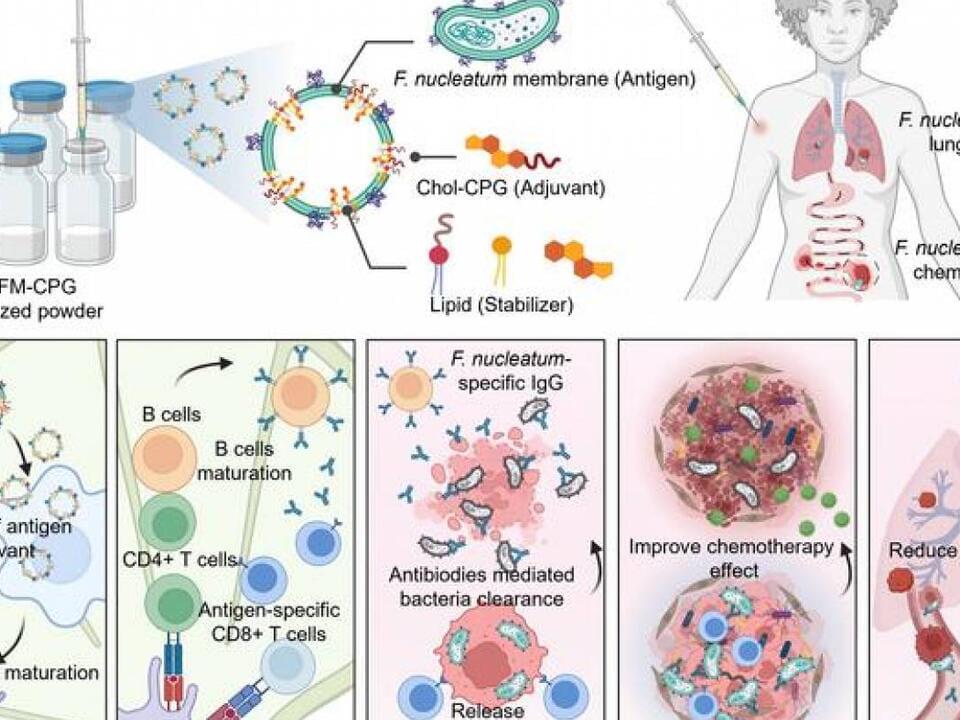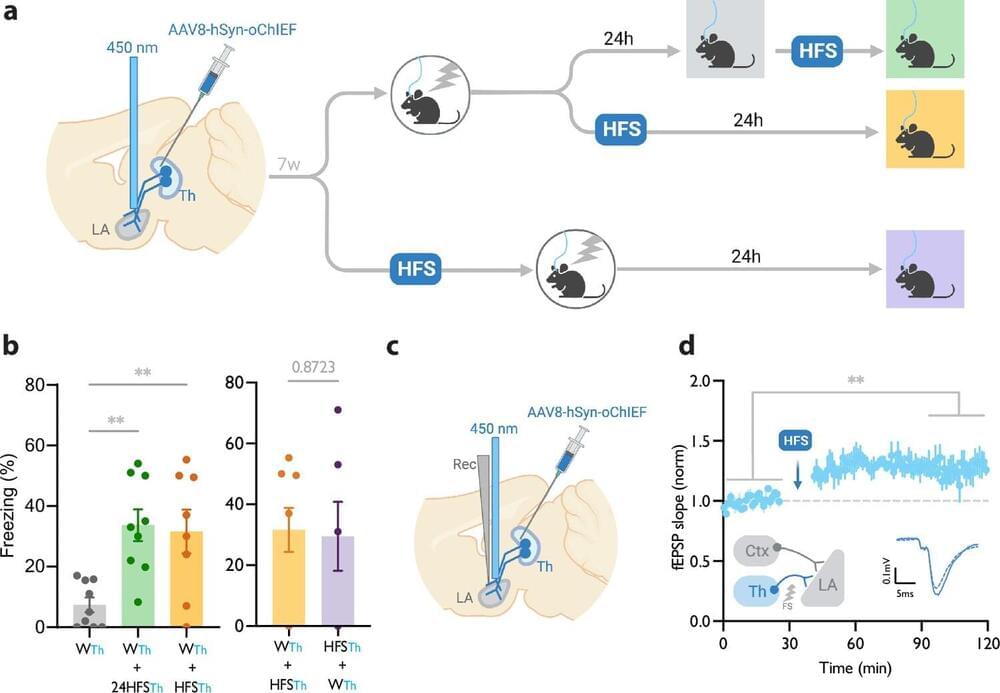Will artificial intelligence save us or kill us all? In Japan, AI-driven technology promises better lives for an aging population. But researchers in Silicon Valley are warning of untamable forces being unleashed– and even human extinction.
Will artificial intelligence make life better for humans or lead to our downfall? As developers race toward implementing AI in every aspect of our lives, it is already showing promise in areas like medicine. But what if it is used for nefarious purposes?
In Japan, the inventor and scientist behind the firm Cyberdyne is working to make life better for the sick and elderly. Professor Yoshiyuki Sankai’s robot suits are AI-driven exoskeletons used in rehabilitative medicine to help stroke victims and others learn to walk again. But he doesn’t see the benefits of AI ending there; he predicts a future world where AIs will live in harmony with humans as a new, benevolent species.
Yet in Silicon Valley, the cradle of AI development, there is an unsettling contradiction: a deep uncertainty among many developers about the untamable forces they are unleashing. Gabriel Mukobi is a computer science graduate student at Stanford who is sounding the alarm that AI could push us toward disaster– and even human extinction. He’s at the forefront of a tiny field of researchers swimming against the current to make sure AI is safe and beneficial for everyone.
What are the promises and perils of AI? And who gets to decide how it will be used?
#documentary #dwdocumentary #technology #AI #UsandThem.







